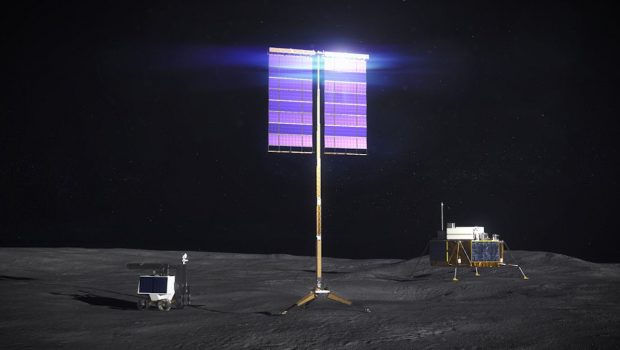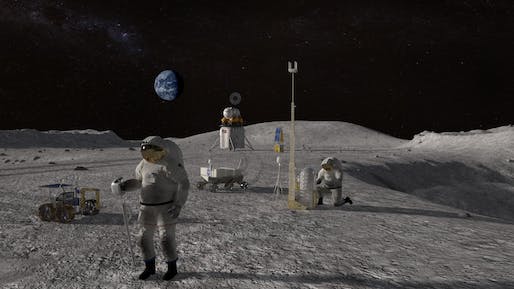NASA awards $19.4 million in grants to develop solar array technology and lunar construction research | News
NASA has announced that it is awarding $19.4 million in grants to three companies to advance work on deployable solar array systems on the Moon. The systems will help power NASA's human and robotic exploration of the Moon under its Artemis missions.
Through Artemis, the agency aims to get astronauts back on the Moon and establish a long-term presence near its South Pole. To make this possible, a dependable, sustainable power source is required to support habitats, rovers, and construction systems for future missions. In order to facilitate this power, NASA is developing vertical solar arrays that can independently deploy up to 32 feet high and retract for relocation.
Existing solar array structures are designed for microgravity or horizontal surface deployment. These new designs utilize a vertical orientation and height, which will help prevent power loss at the lunar poles "where the Sun doesn’t rise far above the horizon," according to NASA.
“These prototypes will provide promising solutions for reliable power sources on the Moon, which are key to the success of almost anything we do on the surface,” said Niki Werkheiser, director of technology maturation in NASA's Space Technology Mission Directorate (STMD) at NASA Headquarters in Washington. “This exciting effort plays a critical role that will quite literally help power our Artemis exploration in the uniquely challenging environment of the Moon's South Pole.”
The recipients of the grants include: Astrobotic Technology of Pittsburgh, Pennsylvania, which received $6.2 million; Honeybee Robotics of Brooklyn, New York, which received $7 million; and Lockheed Martin of Littleton, Colorado, which was awarded $6.2 million.
The allocated funds will be used to build prototypes and perform environmental testing, with the goal to launch one of the systems by the end of the decade. NASA requires that the designs remain stable on sloped terrain and be resistant to abrasive lunar dust. They must also minimize mass and stowed volume to help deliver the system to the Moon’s surface.
As stated by Chuck Taylor, Vertical Solar Array Technology (VSAT) project manager at NASA’s Langley Research Center in Hampton, Virginia, “We are very excited to be able to select these three teams as they all bring very different technological solutions as well as unique visions for how commercial space can support a sustained presence on the Moon.”









Gloss